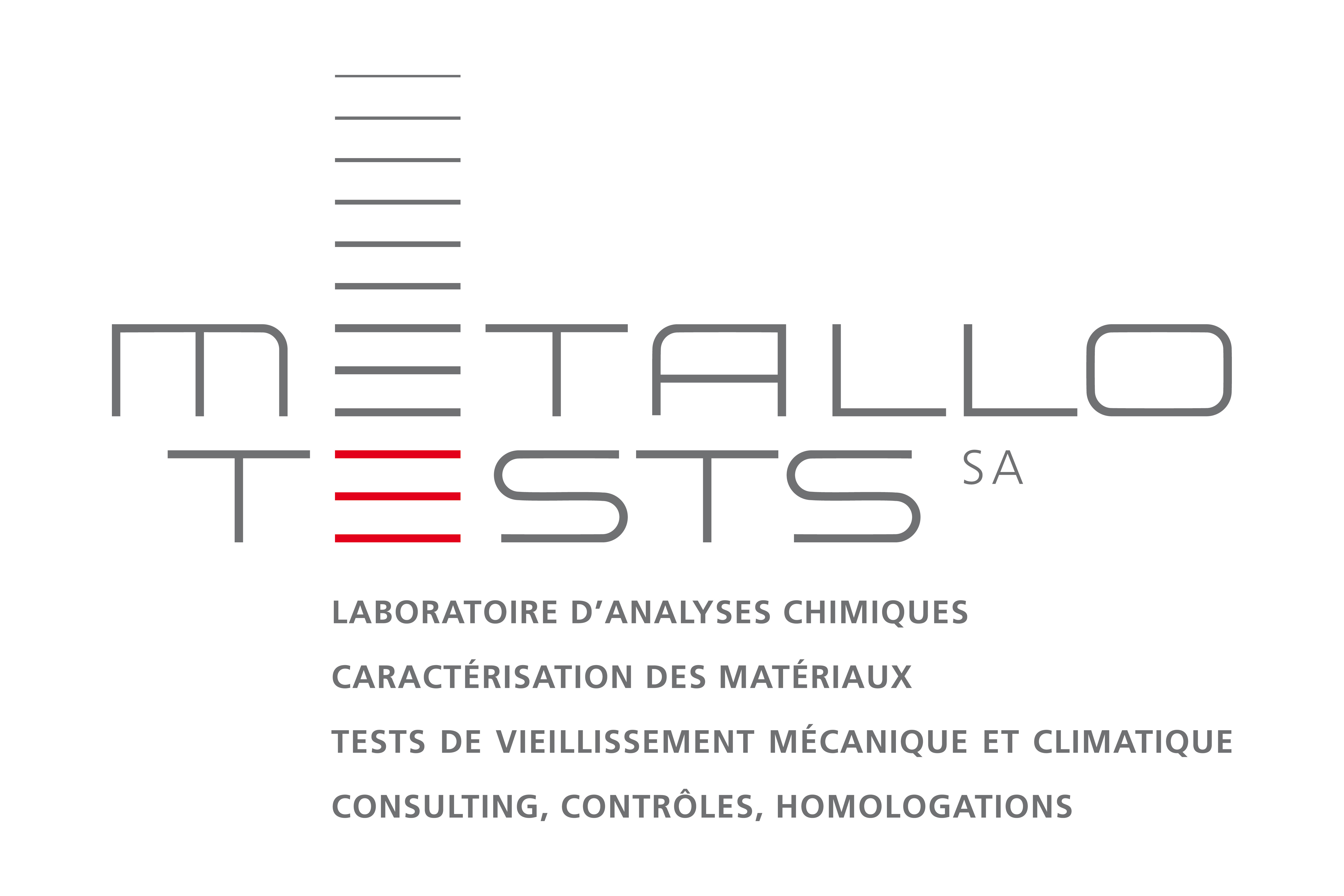The secrets of a Swiss watch
»In our lab we R.E.A.C.H. the very secrets of matter«
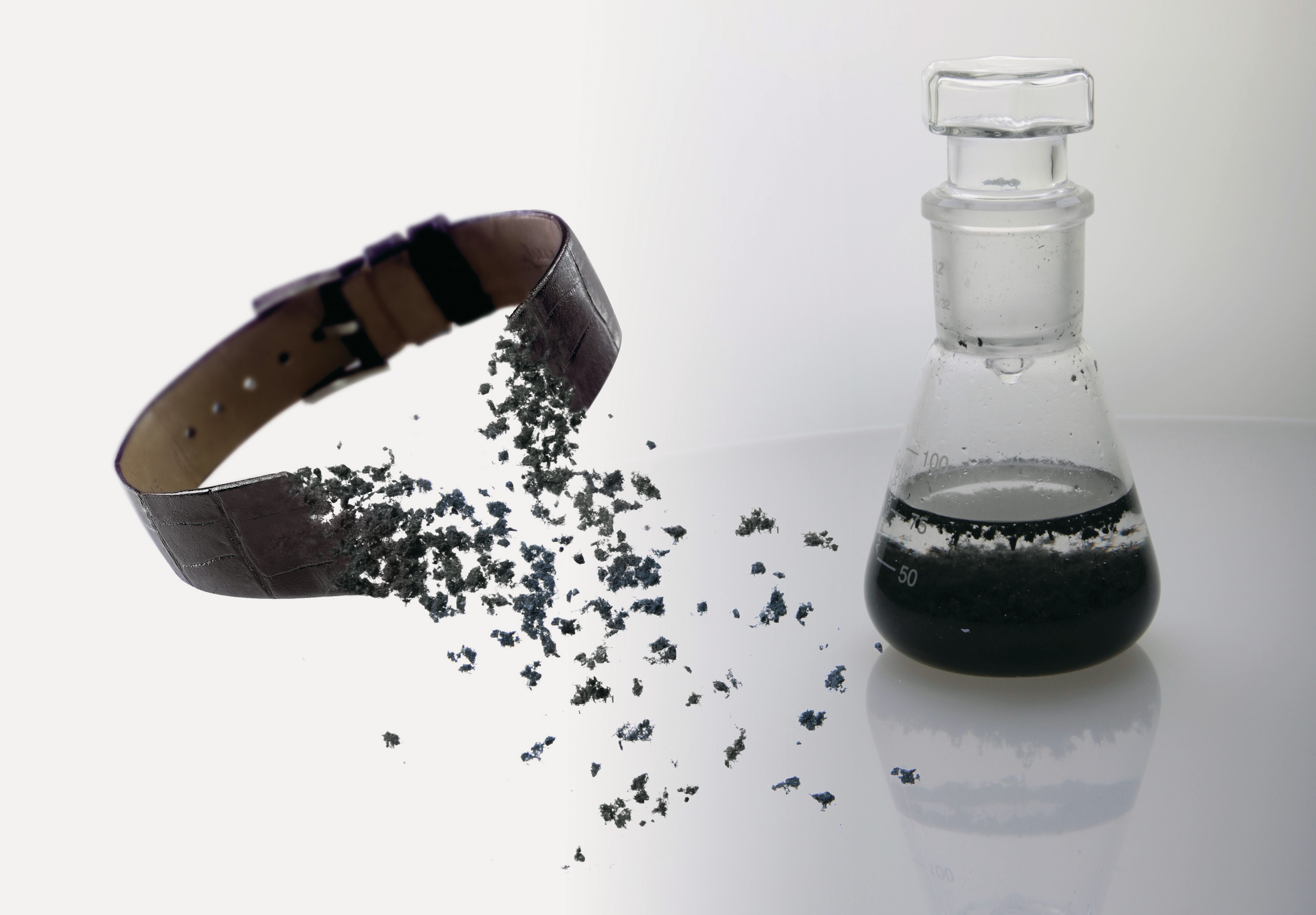
A few kilometres south of the French border, the city of La Chaux-de-Fonds is located in the French-speaking part of Switzerland in the Jura mountains. The city is the most important center of the watch making industry in the country and was added to the World Patrimony of UNESCO. It is home to Metallo-Tests SA, and no wonder, since the company as an independent laboratory accredited for Swiss testing focusses on materials and elements testing for the watchmaking industries. Besides this key area, Metallo-Tests serves the medical industry, micro-electronics, telephony, writing instruments, leather goods and accessories, eyewear, toys, packaging, automotive and environment.
Metallo-Tests SA aims to cater perfectly to the constraints imposed by the introduction of new laws or standards (especially in chemical analysis) and the increase of market requests. For over thirty years, the company continues to expand by investing regularly in advanced equipment. The example of a wristwatch demonstrates Metallo-Tests’ core competencies.
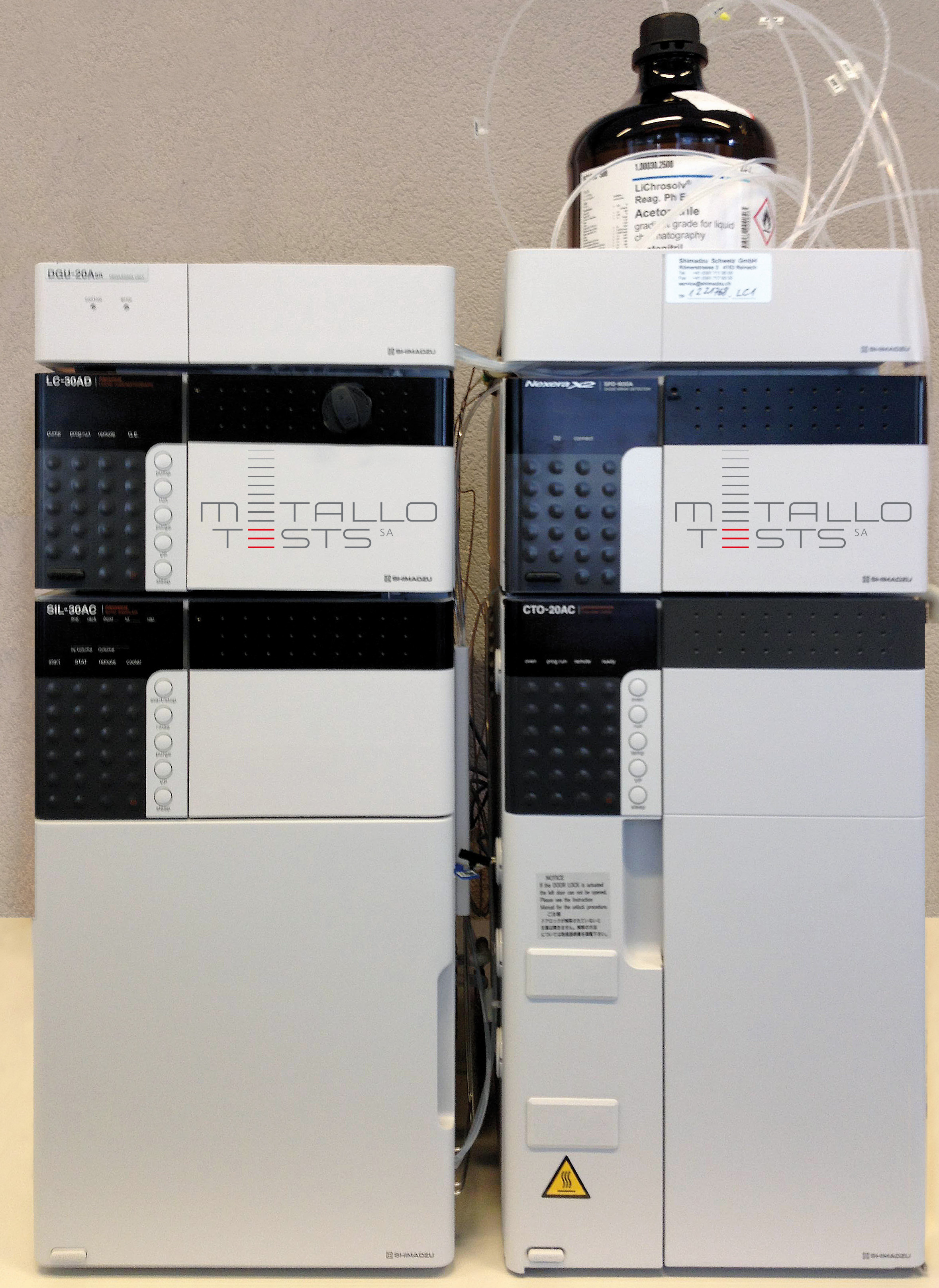 Figure 1: HPLC Nexera with Photodiode Array detector
Figure 1: HPLC Nexera with Photodiode Array detector
Biocompatibility and REACH compliance of a wristwatch
REACH (Registration Evaluation Authorization of Chemicals) is a European regulation concerning all chemicals manufactured in or imported into Europe. Chemical substances must be registered and their potential risk for health or environment are evaluated. If they are carcinogenic, endocrine disruptor or organic pollutant they can be restricted (SVHC = Substances of Very High Concern)
A watch is made up of many elements that must meet the criteria for biocompatibility and the REACH Regulation of the European Union to prevent allergy in the consumer or legal non-compliance problems with the country in which the watch is sold. A bracelet can be made of leather, rubber or steel. Depending on the constituent materials, the substances of restriction will be different.
Leather straps – Chromium VI
For example, the majority of leather straps are tanned with chromium salts (III). Poor control of the tanning process can cause oxidation of Cr III to Cr VI, the latter being carcinogenic and mutagenic. It is therefore limited to 3 mg/kg in Europe for leathers which come into contact with skin [1].
Extraction is carried out according to ISO 17075. After discoloration of the extraction solution by a passage through a C-18 cartridge, a reagent is added to form a pink complex with Cr VI. A dosage at 540 nm allows the content of Cr VI to be determined. This analysis is executed with the compact UV-2600 universal, research-grade spectrophotometer that can be used in a wide range of fields and expanded easily to suit the measurement objective.
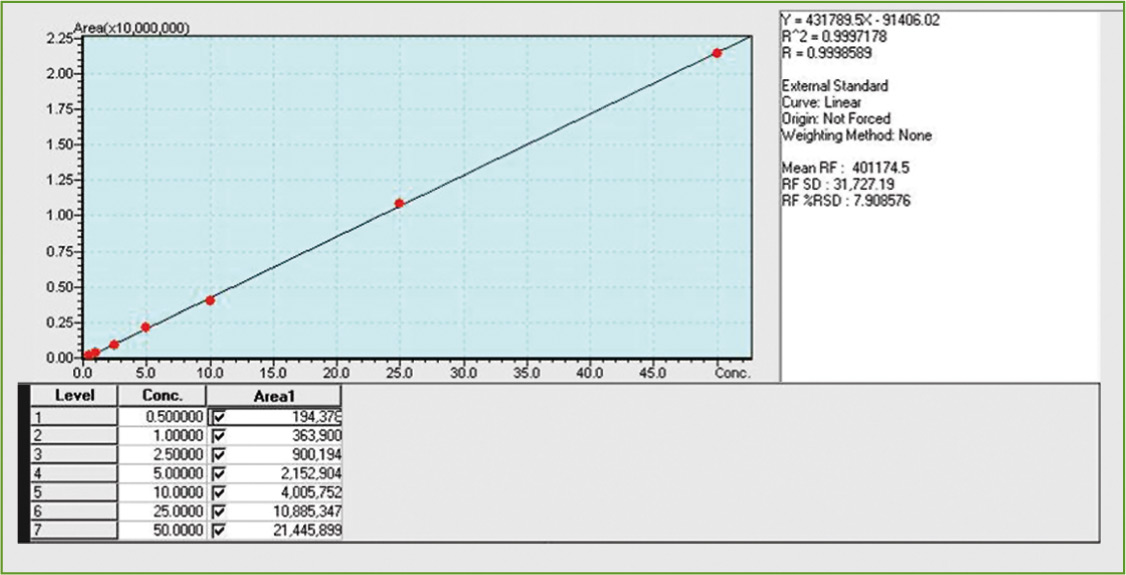 Figure 2: Calibration curve of DEHP (Di-[2-Ethylhexyl] phthalate) softener with GCMS-QP2010
Figure 2: Calibration curve of DEHP (Di-[2-Ethylhexyl] phthalate) softener with GCMS-QP2010
Formaldehyde
The leather straps are usually designed with a finishing to be more resistant to environmental constraints such as sweat, humidity and cosmetics. Treatments to improve their strengths may contain formaldehyde which can be irritating and is recognized as carcinogenic. It is restricted in many countries at 75 mg/kg [2].
Extraction is carried out according to ISO 17226-1 and assay is performed on a Nexera UHPLC with Photodiode Array detector at 360 nm.
Short-chain chlorinated paraffin (SCCP)
With these leathers, the presence of short-chain chlorinated paraffin SCCP is also verified in accordance with ISO/DIS standard 18219. These waxes are generally derived from greasing treatments used to prevent them from drying out. The use of SCCP is banned in Europe since they pollute the environment [3]. These SCCPs can also be found in plastics or rubbers where they are used as flame retardants. After extraction, they are assayed on a GCMS-QP2010 gas chromatograph mass spectrometer with NCI detector to increase sensitivity.
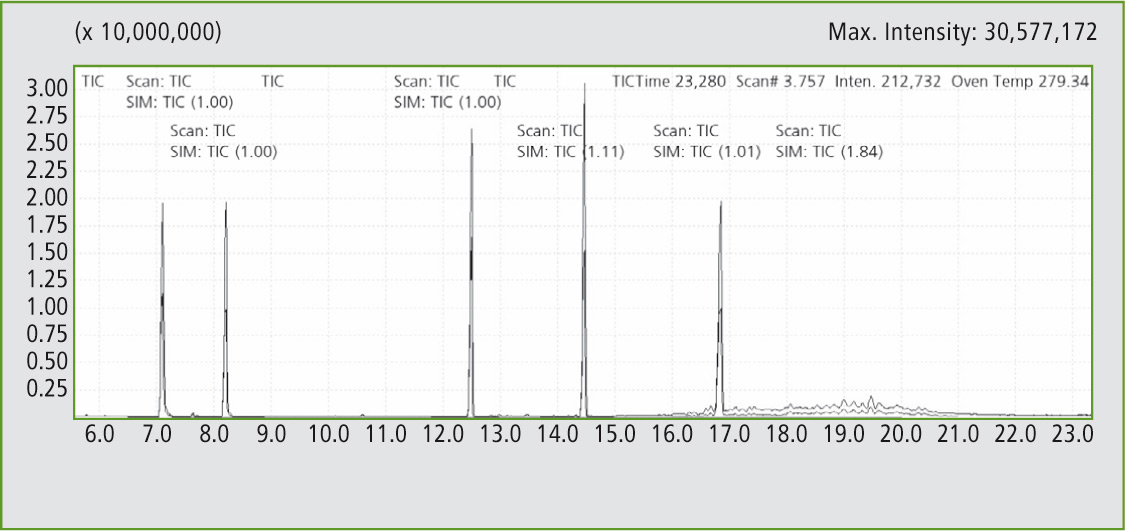 Figure 3: GC-MS spectrum of phthalates mix (DiBP, DBP, BBP, DEHP,DnOP, DiNP/DiDP)
Figure 3: GC-MS spectrum of phthalates mix (DiBP, DBP, BBP, DEHP,DnOP, DiNP/DiDP)
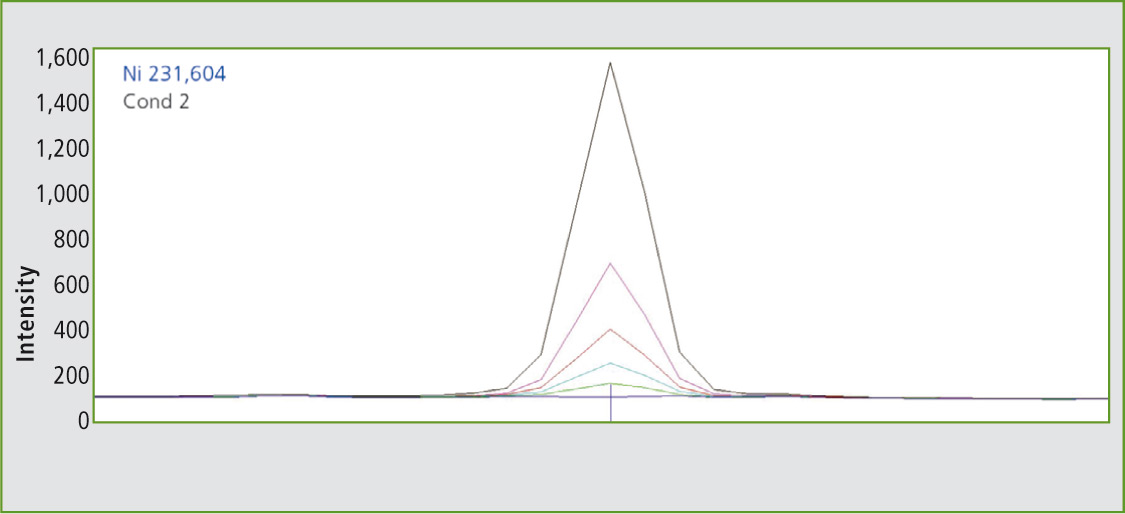 Figure 4: ICP-OES spectrum of Ni at concentrations between 100 and 2,500 µg/L at 231 nm
Figure 4: ICP-OES spectrum of Ni at concentrations between 100 and 2,500 µg/L at 231 nm
Plastics and rubber straps
Bracelets made of rubber or plastic can be of diverse nature (FKM, HNBR, NBR, PVC, silicone etc.). Analysis on Shimadzu’s FTIR spectrometer IR Prestige-21 with ATR cell enables a rapid diagnosis to determine which family the polymer belongs to. This analysis also verifies the absence of polymer degradation after aging by environmental testing, such as ozone, sunlight exposure, heat and humidity, sweat contact or oxidative vapors. These tests simulate surrounding conditions the bracelet will be submitted to.
Plasticizers
In case where a watch contains rubber or plastic, there is a potential risk in the presence of plasticizers such as restricted phthalates. Some phthalates are subject to authorization [4] because they are classified as endocrine disruptors. One of the most used restricted softeners is DEHP (Di-(2-Ethylhexyl) phthalate, CAS No. 117-81-7). Phthalates are extracted according to EN 15777 or ISO 16181. They are then measured by GCMS-QP2010 with EI detector.
Metals
Where metallic elements in contact with the skin contain nickel, such as AISI 316L stainless steel as case or clasp, a nickel release test is required. Nickel allergy affects a large percentage of the population (nearly 13 %, largely female). Before being sold, the parts to be in direct and prolonged contact with the skin are checked according to EN 1811. Their nickel release must be in compliance with REACH [5]. The tested components of the watch are immersed in an artificial sweat solution for one week and the amount of nickel released is measured by ICPE-9000 inductively coupled plasma emission spectrometer at the most sensitive wavelengths of nickel, 221.6 and 231.6 nm.
Author
Dr. Sandra Wermeille
Metallo-Tests SA
La Chaux-de-Fonds, Switzerland
www.metallo-tests.ch
Legal references:
[1] LBFG Deutschland und REACH, Annex XVII
[2] Japanese Law 112 und GB 20400/2006 China
[3] Reg. (EC) No. 850/2004 (Act on Persistent Organic Pollutants)
[4] REACH, Annex XIV und List of SVHC (Substances of Very High Concern)
[5] REACH Annex XVII, Entry No. 27
